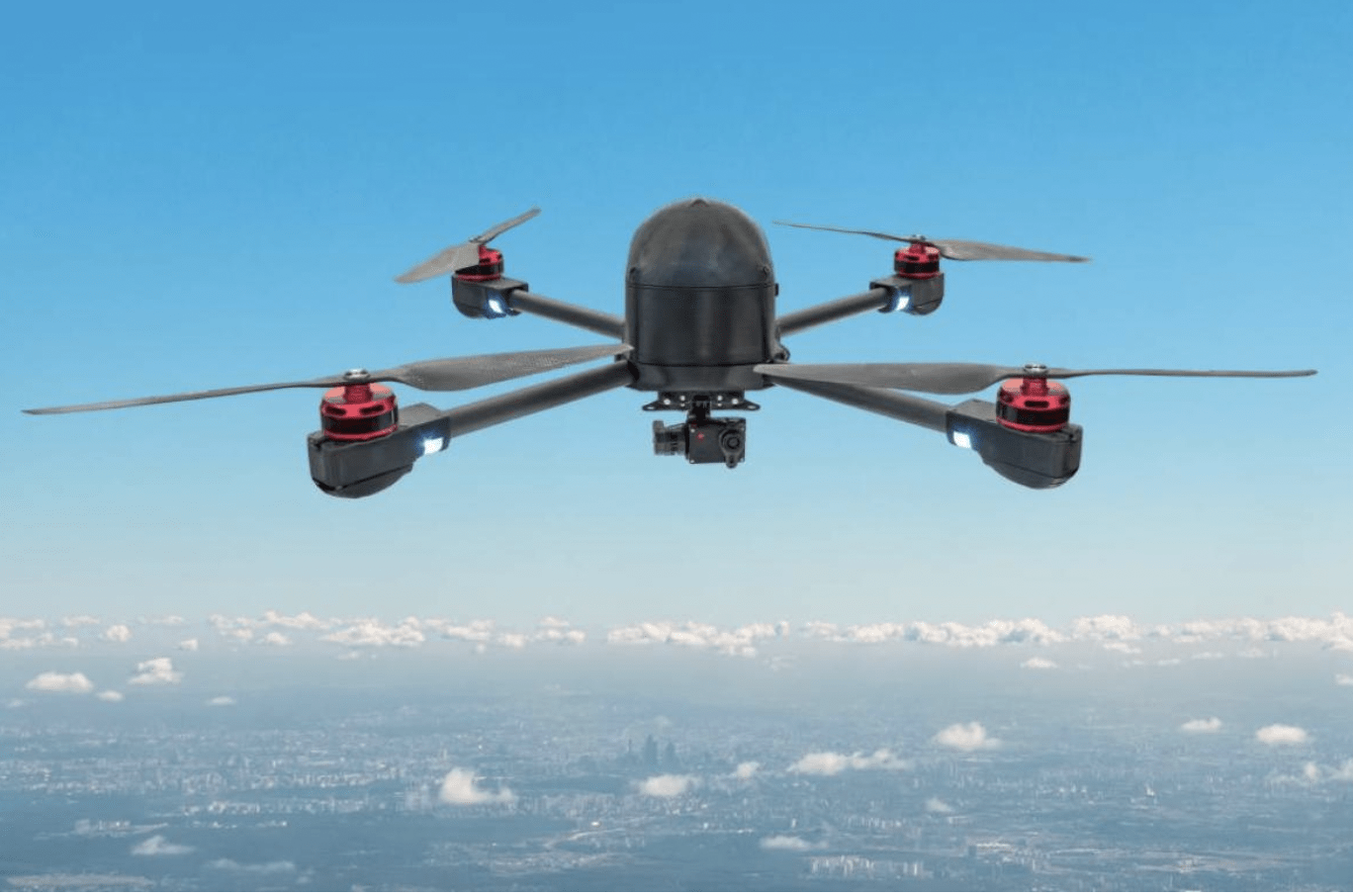Frequentis Group has developed an advanced chemical, biological, radiological and nuclear (CBRN) reconnaissance system for the European Defence Agency. This initiative, part of the EDIDP (European Defence Industrial Development Programme) – CBRN-RSS project, is co-funded by the European Union. It aims to strengthen the capabilities of selected defence ministries in EU member states.


Significant progress in CBRN detection and European security
The new CBRN Reconnaissance and Surveillance System (RSS) developed by CNS Solutions & Support, part of the Frequentis Group, represents a major step forward for European security. The system integrates sensor and unmanned system data using a sophisticated Data Fusion Cell (DFC) developed using Frequentis’ Incident and Crisis Management (ICM) technology. The DFC centralizes information from a variety of sources, including sensors and drones. This setup enables comprehensive analysis and rapid decision-making.
“Our DFC has revolutionised CBRN defence in Europe, providing soldiers with real-time information to respond quickly and effectively to emerging threats,” said Peter Skiczuk, Vice President of Defence at Frequentis.
Commitment to development
Stefan Ringsmuth, Managing Director of CNS Solutions & Support GmbH, emphasized the ongoing commitment to the advancement of CBRN defense technology. “CNS is committed to improving CBRN defense technology. The next steps will focus on full military deployment readiness to ensure the continued security of European countries,” he said.
Technological innovation
The introduction of drones equipped with sensors and unmanned robotic vehicles heralds a new era in CBRN defense. These unmanned assets can rapidly detect and assess hazardous materials, reducing human risk. Integrating data fusion and real-time analytics can provide commanders with critical insights, enabling informed decision making and enhancing the safety of both soldiers and civilians.
Colonel Schlechter, commander of the CBRN Defense Center/Austria (ÖBH), emphasized the efficiency of these new technologies. “Normally it would take two hours to get this result,” he said. “With these modern technologies, this time can be reduced to 40-45 minutes, and there is no need to take soldiers directly to the source of the danger, because robots and drones do this.”
This groundbreaking development in CBRN defense highlights the importance of technological advancements in maintaining security and responding to evolving threats.
Read more:
